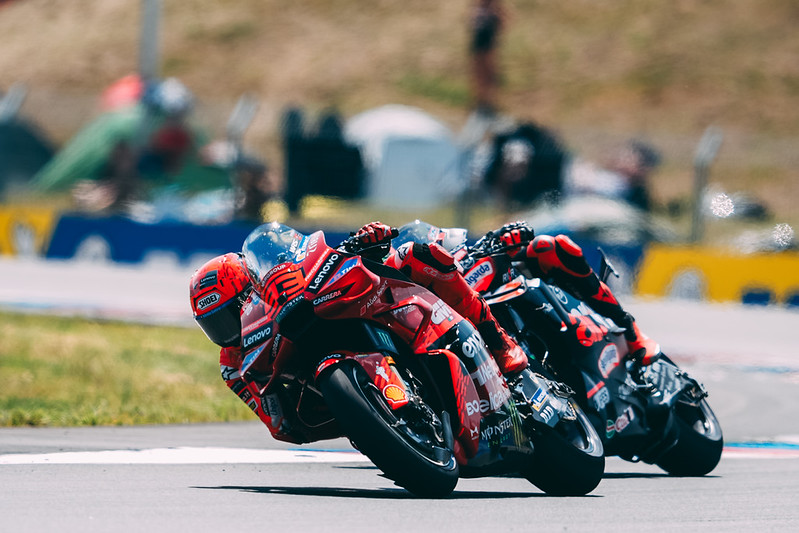One of the most agonizing and irritating messages MotoGP fans can see is on the cool down lap after a race is that the FIM MotoGP Stewards have a rider under investigation for a tire pressure infraction. As the riders celebrate in parc ferme – halfheartedly, as they await the outcome – fans erupt in fury at the idea of a race ruined by a possible tire pressure penalty.
The reason for the tire pressure penalties – aerodynamics and ride-height devices – has been discussed to death. What is less well known is the process of monitoring tire pressures, then validating and checking that the suspected infraction of the rules is justified, and not just a result of mismeasurement or an incorrect calibration.
And it’s not just tire pressure penalties. How do the Stewards know that a team isn’t cheating during a sprint race by fitting a fuel tank with more than the permitted 12 liter capacity? How do they know the team isn’t trying to get around the spec ECU by having their own ECU piggybacked onto the system using the CAN bus?
I took these questions and more to MotoGP Technical Director Danny Aldridge. Aldridge oversees the team of volunteer scrutineers that keep an eye on the teams and factories at each event, and ensures that everyone complies with the rules. He explained to me at length and in great detail exactly how fuel tank capacities are checked, how the electronics system is policed, and just why it takes such a long time to complete the investigation into tire pressures when a rider is suspected to have been running below the legal minimum.
In the first part of his interview, we dived into how scrutineering works, tire pressures, and fuel tanks.


